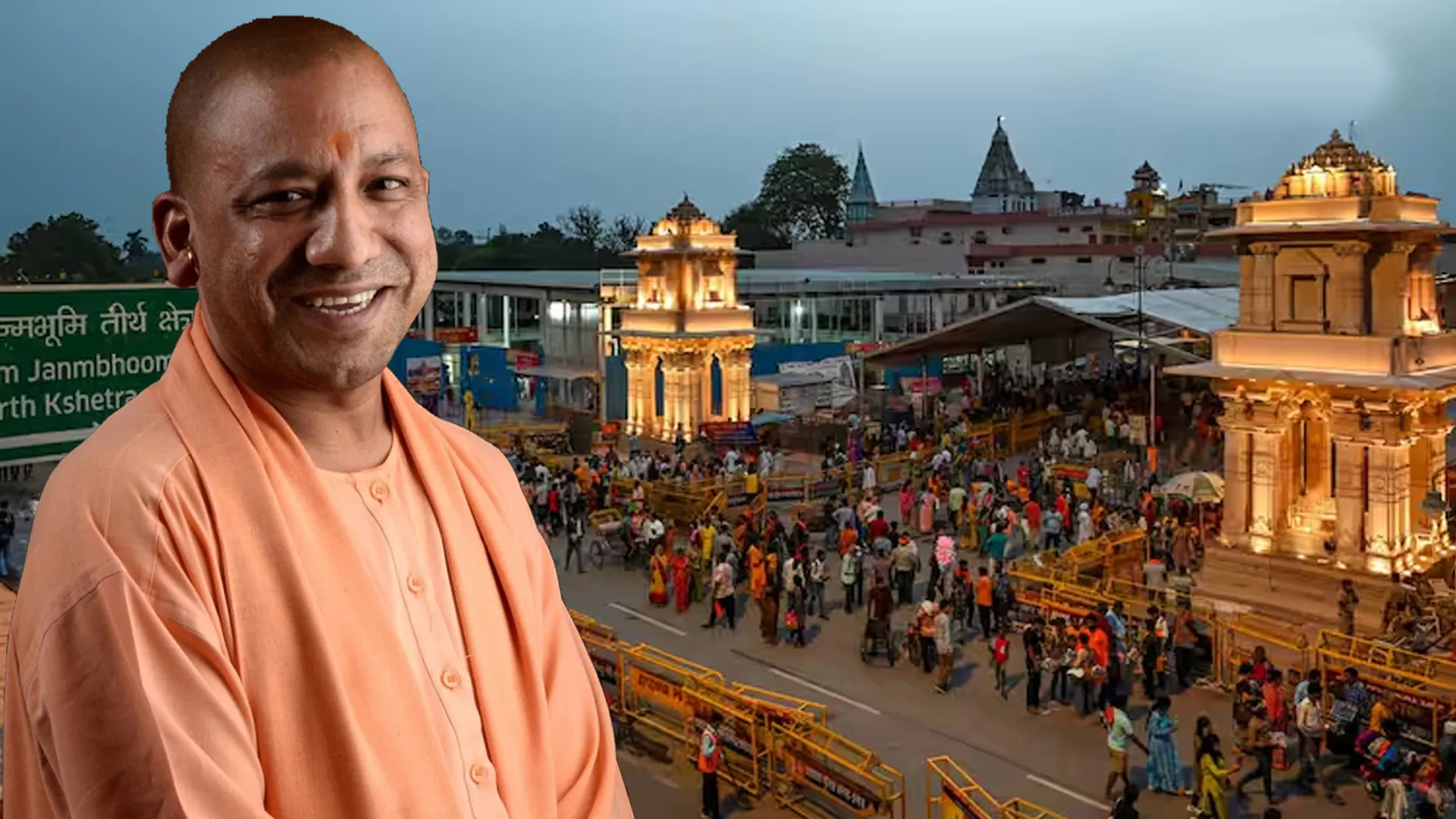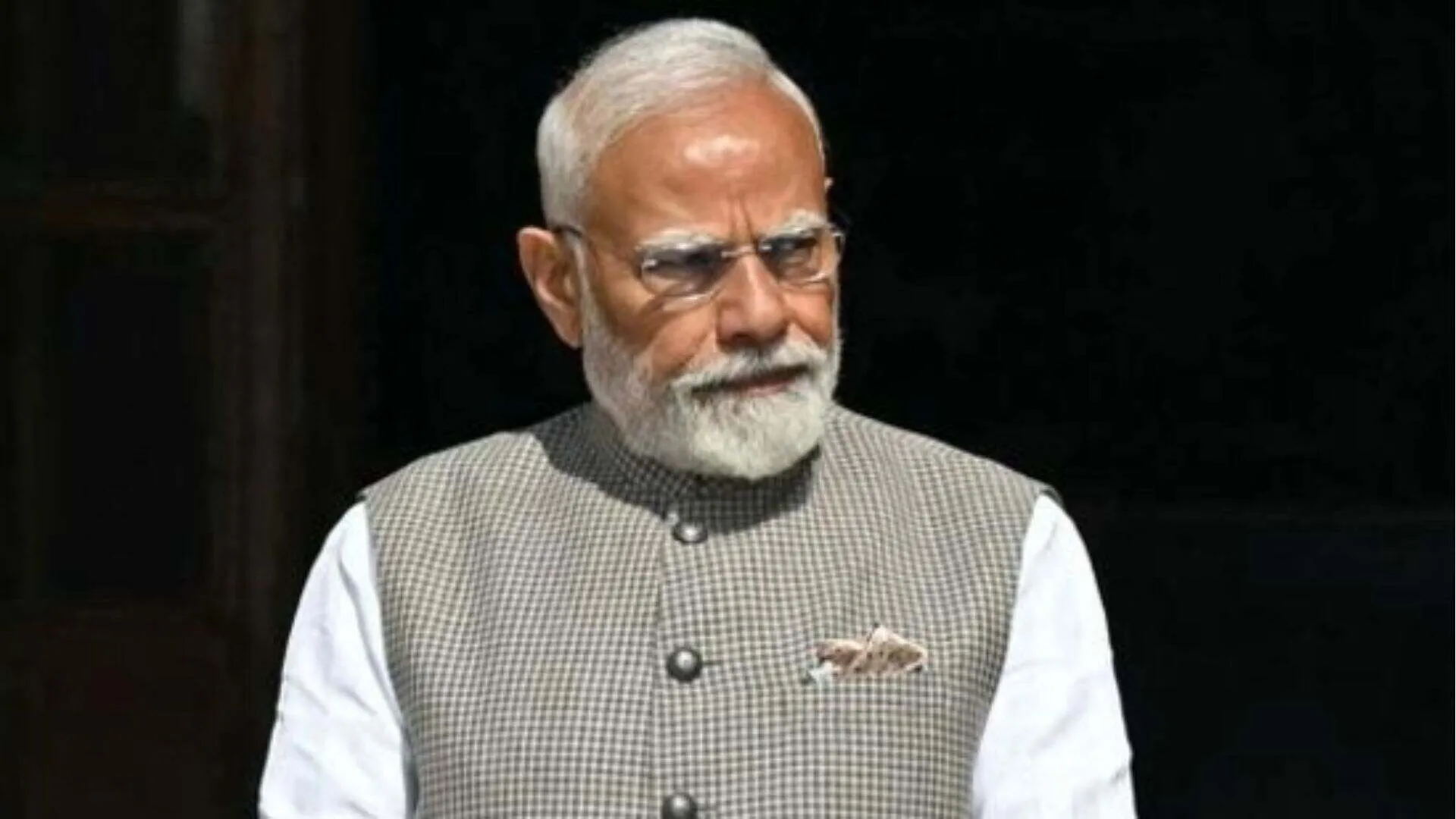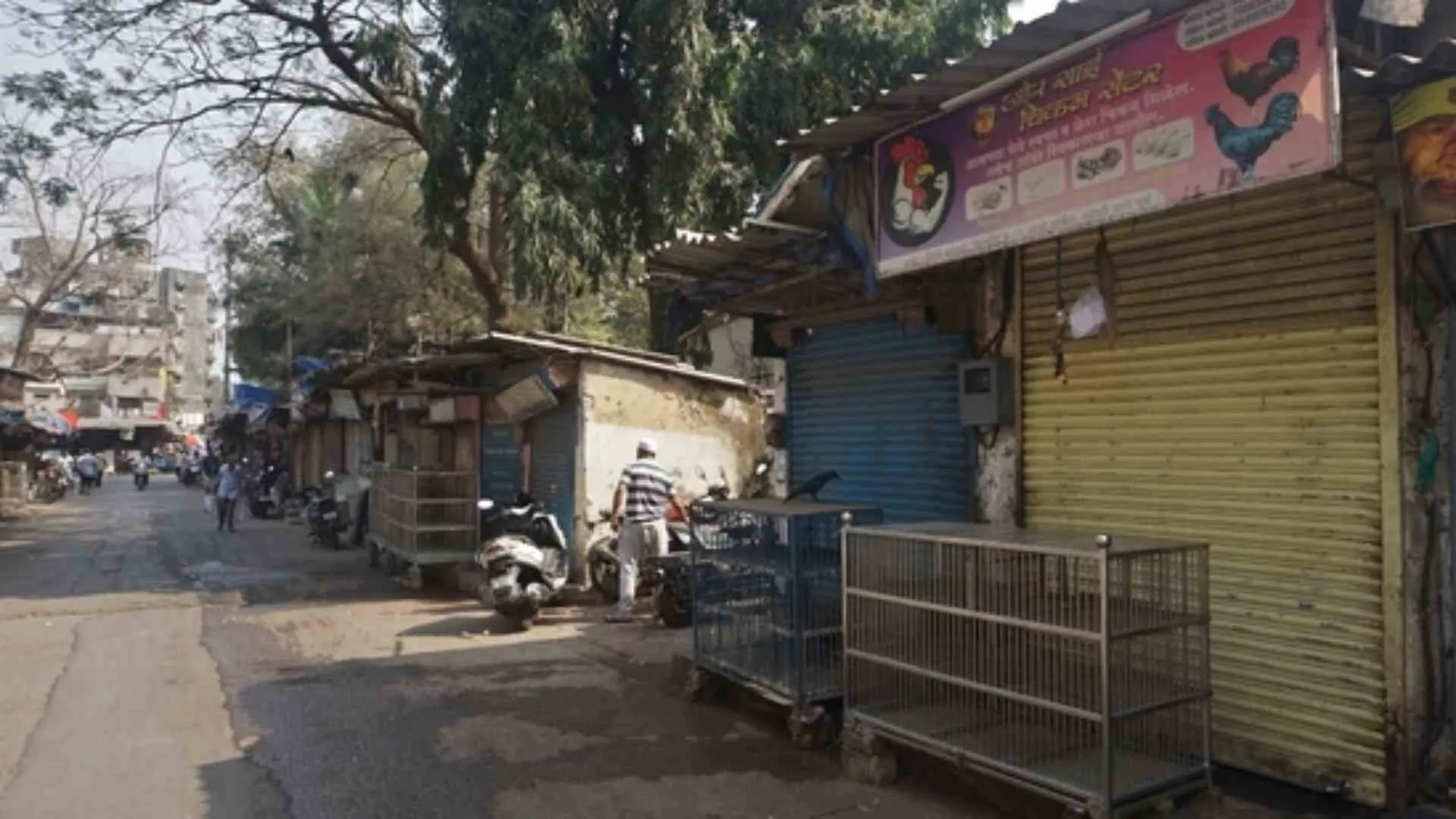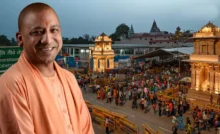A recent study has highlighted substantial changes in the religious composition of populations across 167 countries from 1950 to 2015. In India, the proportion of the Hindu majority declined by 7.82 percent, while the Muslim population increased by 43.15 percent during this period, as per a working paper released by the Economic Advisory Council to the Prime Minister (EAC-PM).
The report noted that in India, except for Jains and Parsis, all religious minority groups witnessed an increase in their population share. It pointed out that India experienced the “second most significant decline in the majority population (7.82%), only next to Myanmar (10%) within the immediate South Asian neighborhood.” Additionally, minority populations notably decreased in Bangladesh, Pakistan, Sri Lanka, Bhutan, and Afghanistan.
Titled ‘Share of Religious Minorities – A Cross-Country Analysis (1950-2015)’, the research was conducted by EAC-PM members. It emphasizes a global trend towards greater religious diversity over the past 65 years. The paper, authored by Shamika Ravi, Apurv Kumar Mishra, and Abraham Jose, critically analyzes the shifts in religious demographics using the Religious Characteristics of States Dataset (RCS-Dem, 2017).
The study found that in 1950, the average share of the majority religious group in the countries studied was 75 percent. By 2015, this had decreased by about 22 percent, indicating increasing religious diversity worldwide. This trend is particularly noticeable in Africa, where more than half of the countries studied experienced a change in their majority religious denomination. For example, countries that were predominantly Animist in 1950 have since shifted in their religious adherence.
Christian-majority nations generally saw a decline in their majority shares, with 77 out of 94 countries reporting a decrease. Conversely, Muslim-majority countries mostly experienced growth in their dominant religious groups.










